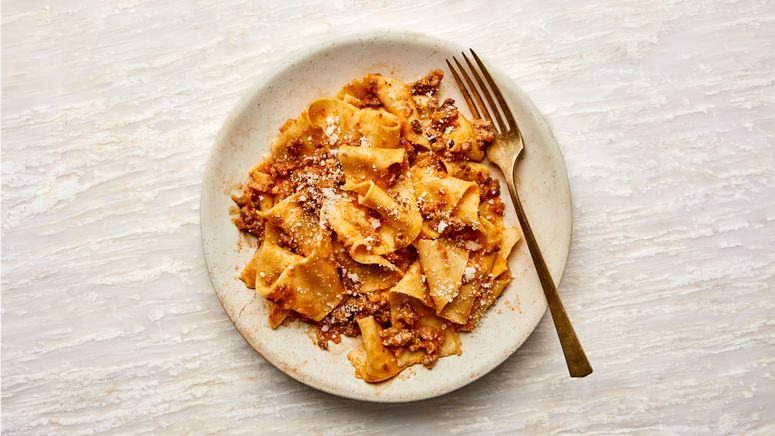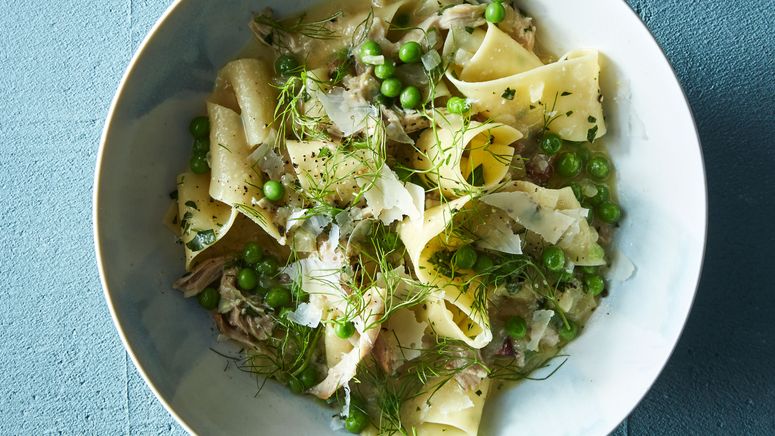Ragù is more than just a sauce; it’s a culinary tradition that embodies the heart of Italian cooking. While many of us have our go-to recipes, the experience of watching a master chef create their version can be eye-opening. Recently, I had the pleasure of observing a talented chef prepare his unique take on ragù, which not only challenged my understanding but also expanded my appreciation for this classic dish. Here’s a deep dive into the techniques and insights I gathered from this culinary journey.
Exploring Beyond Ground Meat
One of the most surprising revelations was the use of a combination of pork sausage and ground prosciutto. This 2:1 ratio introduces a rich depth of flavor that elevates the dish from the very beginning. While many recipes rely solely on ground meat, incorporating cured meats can significantly enhance the taste profile. By simply substituting ground pork with sausage, you can embark on a flavorful adventure that sets the stage for a truly remarkable ragù.
Achieving a perfect sear is crucial for flavor development. The chef employed a unique technique using a weight to flatten the sausage, maximizing its contact with the pan. This method not only enhances the browning but also intensifies the overall flavor. For home cooks, investing in a heavy press or even using a simple potato masher can yield similar results, ensuring that every bite is packed with flavor.
Mastering the Cooking Process
One key takeaway was the importance of not fully cooking the meat before braising. Overcooking can lead to dryness, as the moisture and fat are rendered out. The chef skillfully browned the sausage while keeping the center slightly rare, allowing it to finish cooking in the sauce. This technique ensures that the meat remains juicy and flavorful, contributing to a rich and satisfying ragù.
Textural Harmony in Meat Preparation
Traditionally, ragùs are cooked until the meat breaks down into tender bits. However, this chef took a different approach by blending the seared sausage and prosciutto into a near-paste consistency. This method not only creates a smoother sauce but also enhances the overall creaminess, resulting in a luxurious texture that clings beautifully to pasta.
Efficient Vegetable Preparation
In the past, I believed that finely chopping vegetables was essential for a successful ragù. However, the chef demonstrated that blending a mix of onions, shallots, scallions, and celery with olive oil can save time and effort. This puréed mixture adds a sweet and savory depth without the need for meticulous chopping. The result is a harmonious blend of flavors that forms the aromatic base of the sauce.
The Power of Slow Cooking
One cannot underestimate the transformative power of time in cooking. The chef’s ragù simmered for an impressive 8 to 10 hours, allowing the flavors to meld and develop complexity. This long cooking process turns even the simplest ingredients into a rich, velvety sauce. The patience required for such a dish is rewarded with a depth of flavor that is simply unmatched.
Finishing Touches for Perfection
When it comes to finishing the dish, the chef emphasized the importance of using generous amounts of cheese, olive oil, and pasta cooking water. This technique, known as mantecatura, creates a glossy finish that elevates the entire dish. While butter is often a go-to for this step, the combination of oil, starchy water, and cheese can create a magical emulsion that enhances the overall experience.
After absorbing these insights, I find myself eager to experiment with ragù recipes. Whether you prefer a classic Bolognese or a lighter spring variation, incorporating these techniques will undoubtedly elevate your cooking. Remember, the journey to mastering ragù is as rewarding as the final dish itself.

Creating a classic ragù doesn’t require an extensive list of ingredients or a hefty budget. What it truly demands is a commitment to patience and a willingness to embrace the art of cooking.


